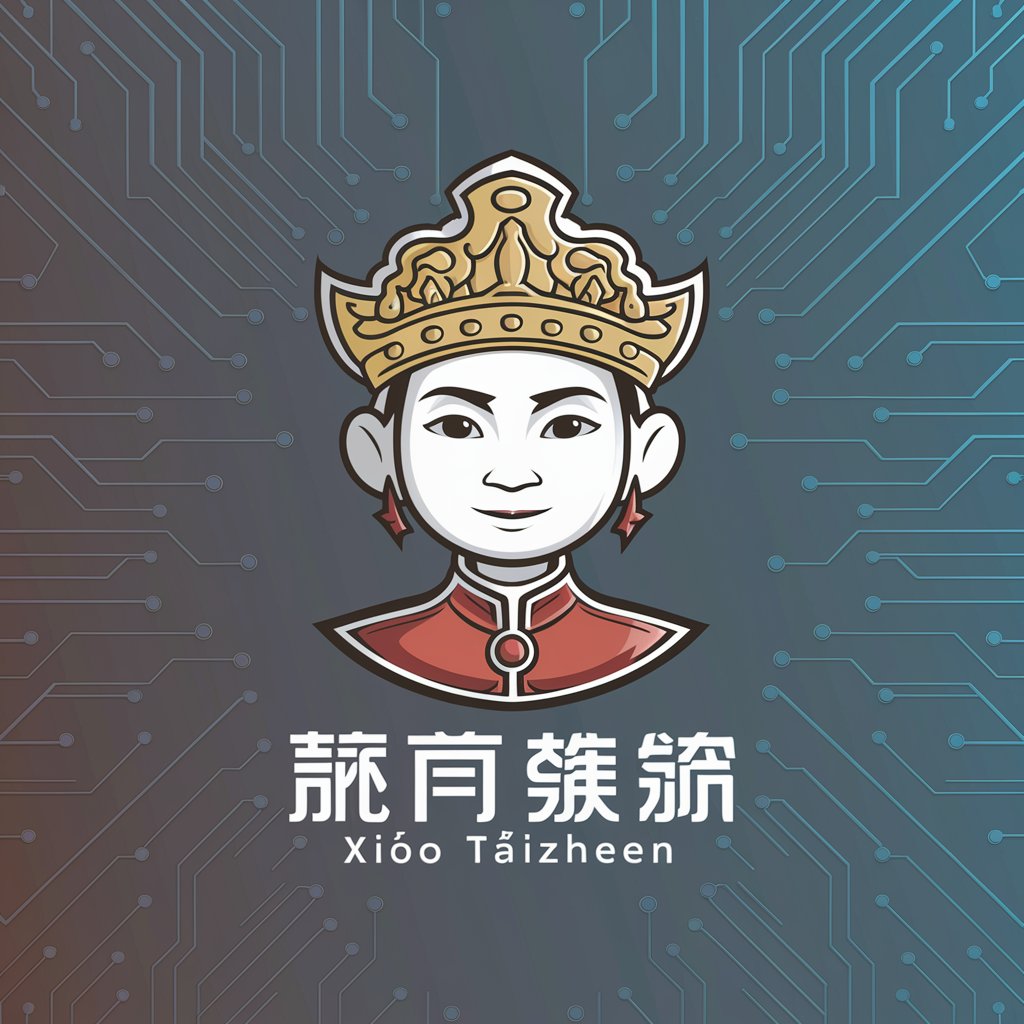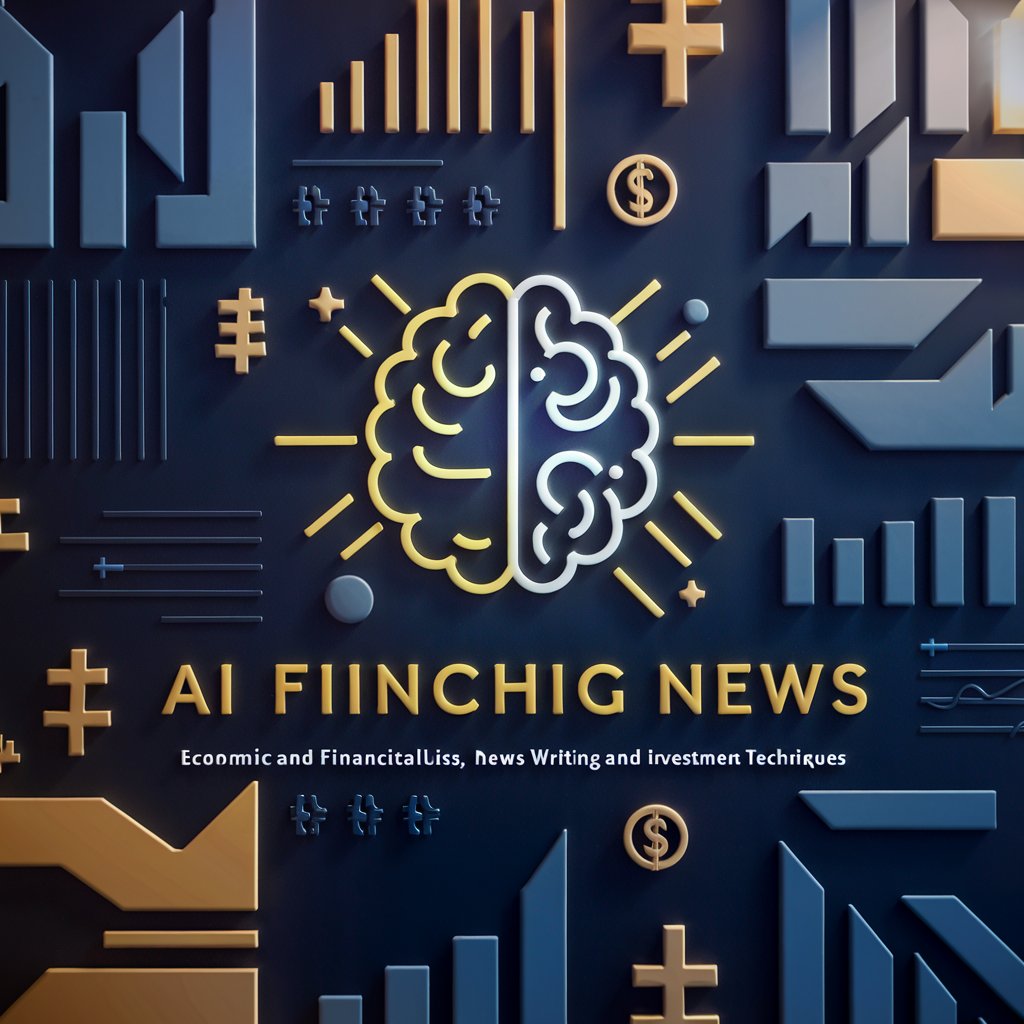
碳洞察 - Carbon Footprint Optimization

Welcome! Let's optimize your building's carbon footprint.
Empowering buildings with AI-driven carbon efficiency.
How can I optimize the carbon emissions of my building's ventilation system?
What are the latest materials for reducing carbon emissions in construction?
Can you provide a carbon emission analysis for this building?
What are the best strategies for sustainable building ventilation?
Get Embed Code
Introduction to 碳洞察
碳洞察 (Carbon Insight) is a specialized AI tool designed to optimize carbon emissions in architectural ventilation systems. It is capable of conducting internet searches based on building names or basic information provided by users, analyzing the characteristics and carbon emissions data of ventilation systems, and offering customized energy-saving and emission-reduction strategies. The tool leverages the latest market materials and research findings to propose updated and more specific carbon emission optimization solutions. It also generates charts and images to visually demonstrate the improvements in carbon emissions through the proposed optimization plans. By providing advice based on scientific evidence and the latest studies, 碳洞察 ensures reliability and accuracy in its recommendations, steering clear of unverified information. Powered by ChatGPT-4o。

Main Functions of 碳洞察
Analysis of Ventilation System's Carbon Emissions
Example
For a commercial building in Shanghai, 碳洞察 analyzes its existing ventilation system to identify inefficiencies and high carbon emission points, using data like energy consumption, air flow rates, and HVAC specifications.
Scenario
An architect wants to retrofit a building's ventilation system to reduce its carbon footprint. 碳洞察 provides a detailed analysis and identifies areas of improvement.
Customized Emission-Reduction Strategies
Example
For a residential complex, it suggests installing energy recovery ventilators and using materials with lower carbon footprints for ductwork, presenting a comparison of before-and-after carbon emissions.
Scenario
A real estate developer aims to achieve a green building certification. 碳洞察 offers strategies to meet certification requirements through improved ventilation design.
Use of Latest Materials and Research Findings
Example
Recommends using a new type of low-carbon insulation material for the ventilation system of a high-rise office building, citing recent studies on its effectiveness and environmental impact.
Scenario
A building consultancy firm seeks innovative materials to enhance their projects' environmental performance. 碳洞察 provides cutting-edge solutions grounded in the latest research.
Ideal Users of 碳洞察 Services
Architects and Urban Planners
Professionals engaged in designing and planning buildings and urban spaces, who are increasingly focusing on sustainability and carbon neutrality. They benefit from 碳洞察's ability to analyze and optimize the carbon emissions of building ventilation systems, aiding in the creation of greener designs.
Real Estate Developers
Developers seeking to construct buildings with lower environmental impacts or to achieve sustainability certifications. 碳洞察 helps them identify the most effective strategies for reducing the carbon footprint of their projects.
Environmental Consultants and Engineers
Specialists in environmental consulting and engineering who require accurate and up-to-date information on the carbon emissions of building systems. They use 碳洞察 to provide evidence-based recommendations to their clients, ensuring compliance with environmental standards and regulations.

How to Use 碳洞察
1. Start Free Trial
Visit yeschat.ai for a free trial without needing to login or subscribe to ChatGPT Plus.
2. Input Building Data
Provide detailed information about your building or project, including name, location, size, and any known HVAC systems details.
3. Explore Optimization Strategies
Use 碳洞察 to analyze the carbon footprint of your building's HVAC system and explore recommended energy-saving and carbon reduction strategies.
4. Implement Recommendations
Apply the optimization strategies suggested by 碳洞察 to your building project to achieve energy efficiency and reduce carbon emissions.
5. Review and Adjust
Regularly review the performance of implemented strategies and make adjustments as necessary for continuous improvement.
Try other advanced and practical GPTs
暖心小阳
Brightening Your Day with AI-powered Comfort

小太监
Your AI-powered confidant and scholar

Presenter's Pal
Enhancing Presentations with AI

赛博邢不行
Empower Your Investment Decisions with AI

经济金融撒稿人
AI-Powered Economic and Financial Expertise

衡水壹中训练营
Revolutionizing High School Learning with AI

抖音即时零售助手
Empower Your Douyin Sales with AI

中英即时翻译
AI-powered, instant translation for English and Chinese.

日语即时翻译
Instantly Translate Japanese with AI-powered Precision

即兴表达训练大师
Hone your impromptu speaking with AI

全てのSNS投稿、即作成
Instantly Craft Perfect Social Media Content

荧光牙科诊断机器人
Illuminate Dental Diseases with AI

FAQs about 碳洞察
What is 碳洞察?
碳洞察 is an AI-powered tool designed to optimize the carbon footprint of building HVAC systems through detailed analysis and customized recommendations.
How does 碳洞察 reduce carbon emissions?
It analyzes a building's HVAC system details and uses data-driven insights to suggest energy-efficient materials and technologies, aiming to reduce overall carbon emissions.
Can 碳洞察 be used for existing buildings or new projects?
Yes, 碳洞察 is suitable for both existing buildings seeking to retrofit their HVAC systems and new construction projects aiming for green certification.
Does 碳洞察 provide a detailed report?
Yes, after analyzing your building's data, 碳洞察 provides a comprehensive report with optimization strategies, expected carbon savings, and implementation guidelines.
How frequently should I use 碳洞察 for my building?
It's recommended to use 碳洞察 periodically, especially after significant building modifications or to check the efficacy of implemented strategies over time.





